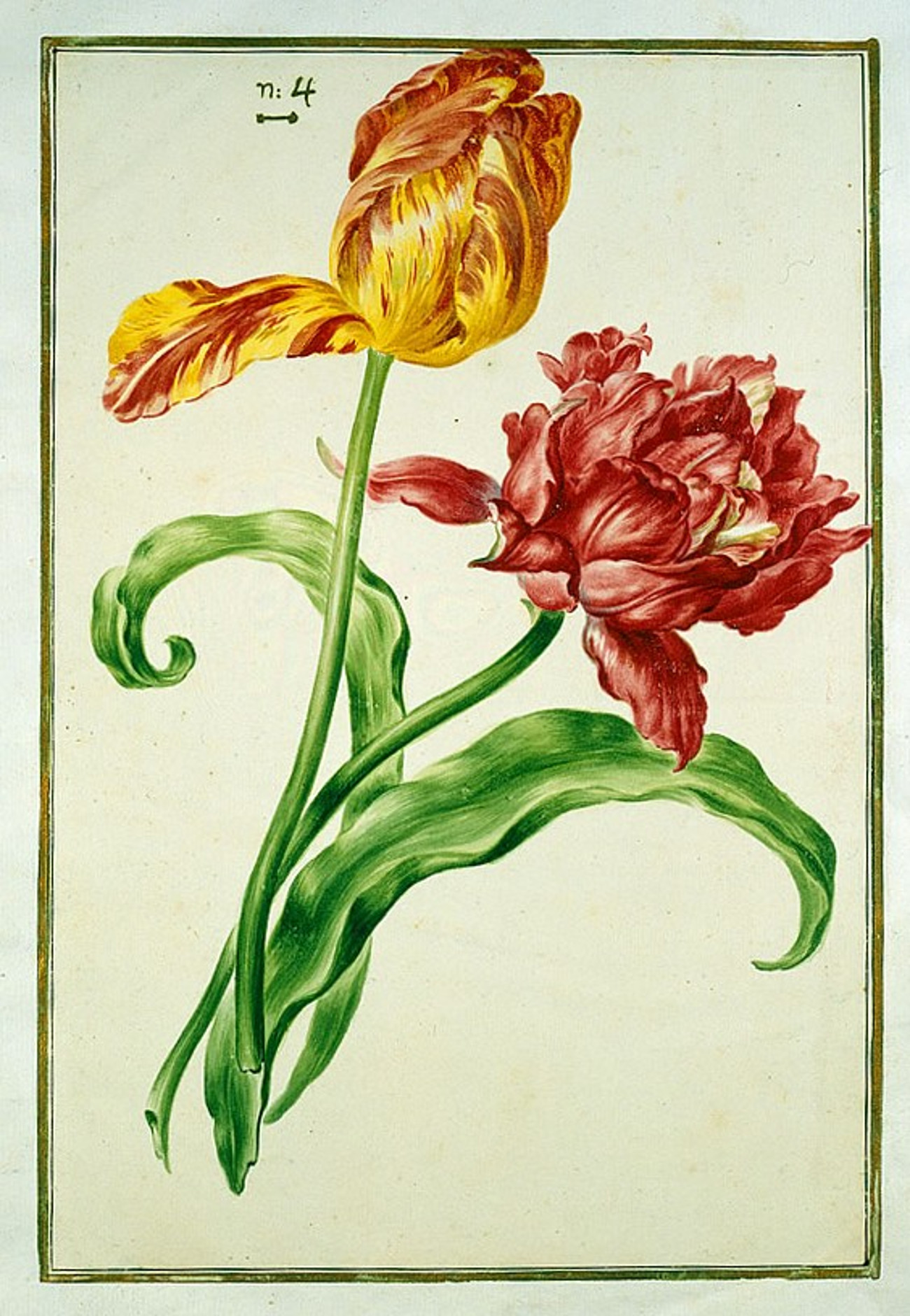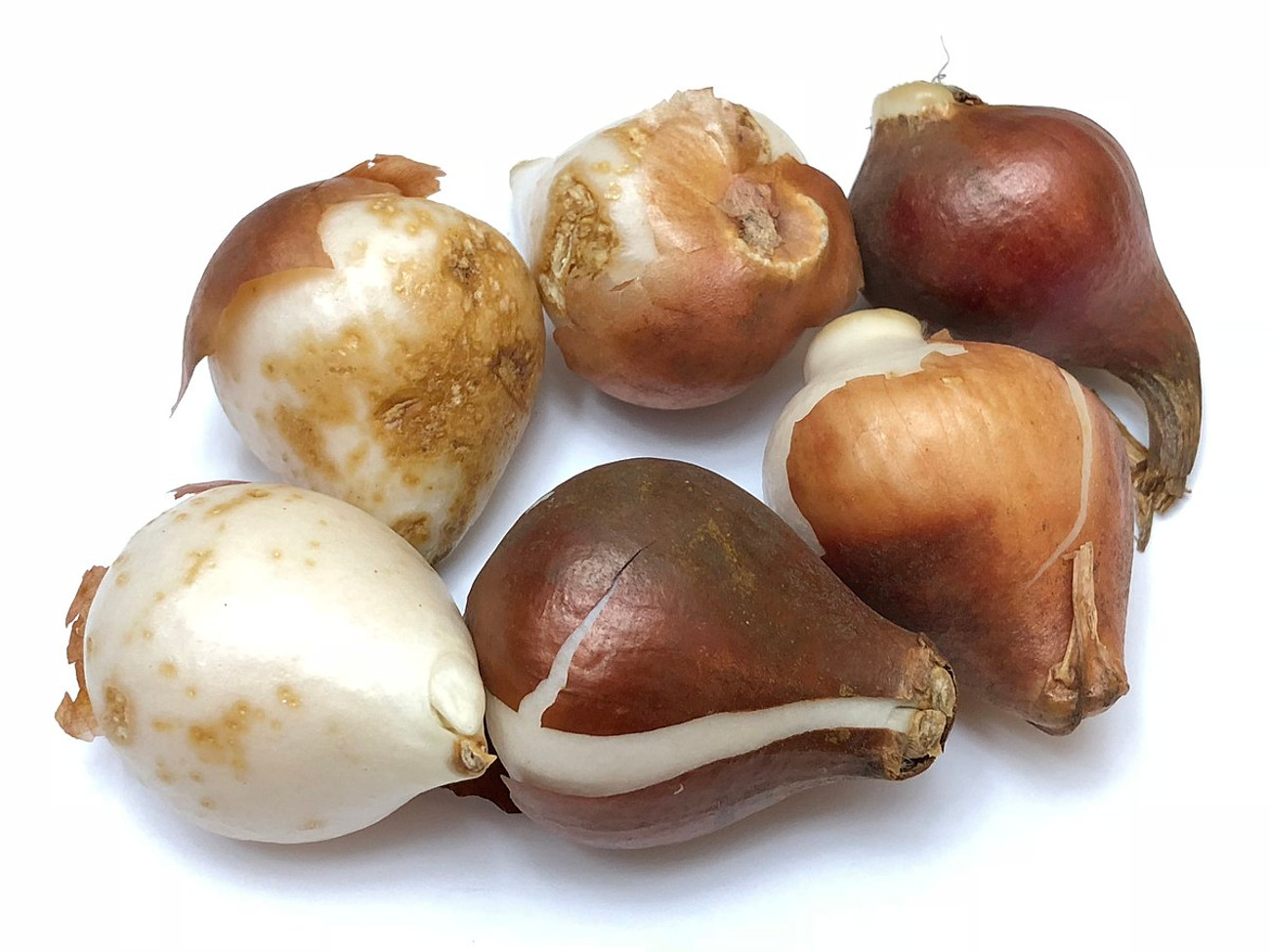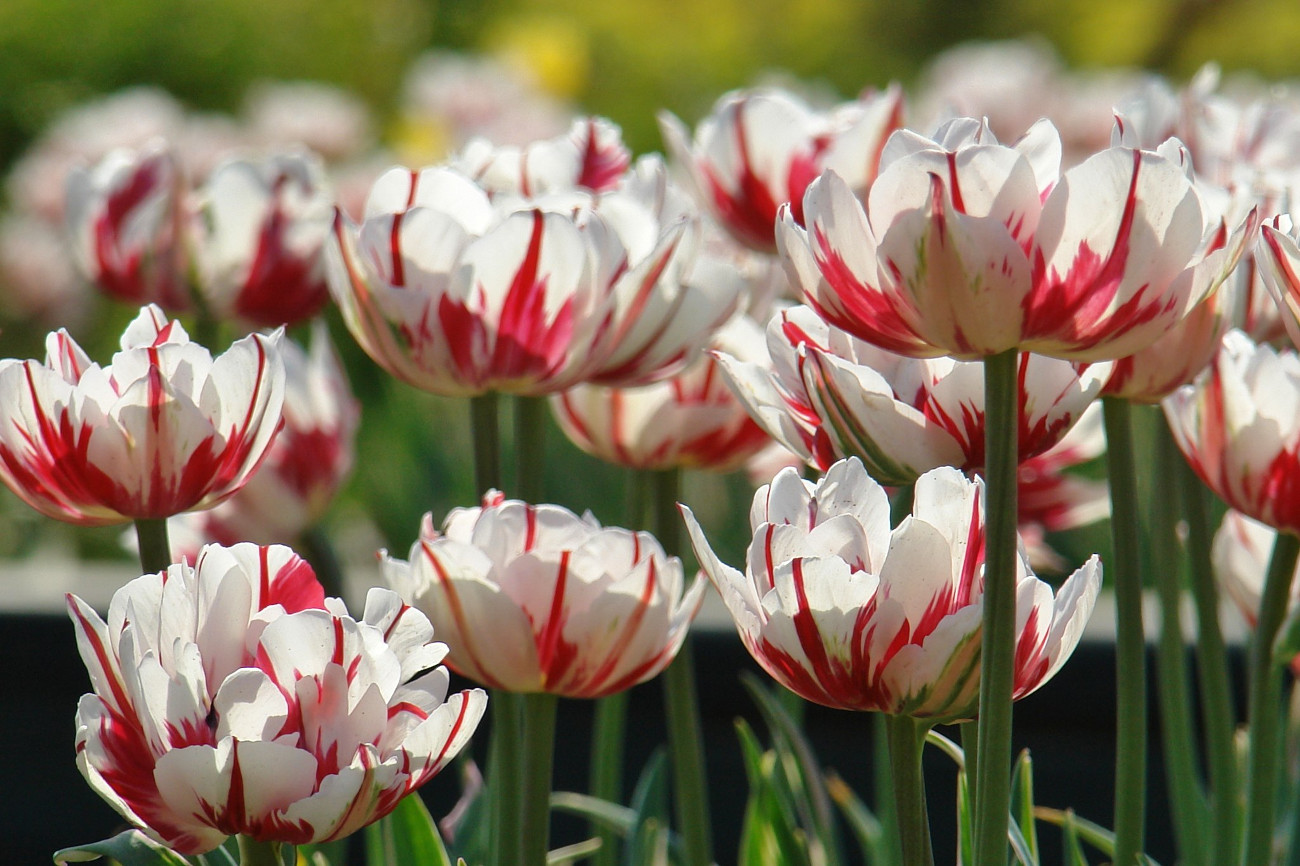Every couple of years we ride a wave of posh and fashionable things, we like certain songs, wear certain clothes, and use certain apps – are these trends a modern-day phenomenon? No, in fact, every time in history has had its luxury trendy goods, but they are far different than what we would consider entertaining or enjoyable. The weirdest trend was the tulip craze of the 1600s which were one of the first things both the upper and middle class wanted to buy, anyone who was anyone had a tulip. How did tulips become a hobby for both experts and amateur enthusiasts?

When we think of tulips, we immediately think of the windmill-filled Dutch countryside, but these flowers actually originate from Kazakhstan. It’s assumed that trade and travel via the Silk Road brought tulips to Europe, and for many decades upon their arrival, they were novelty items for the upper crust of Dutch society.

Why did the Dutch cling to this botanical fad? With a lucrative network of businesses that profited from colonial rule and international trade, money poured into the Netherlands, leading to a financial golden age. Unlike other European countries whose nobility were wealthy with land, the newly independent Netherlands was controlled by merchant oligarchs whose money wasn’t tied up in real estate, these merchants had cash and they could spend it.
The cultural trend of these wealthy Dutch wasn’t inherited jewels, but rather exotic commodities from the Ottoman Empire or East Asia. Luckily, financial prosperity impacted many of the middle class, and they too benefited from this golden age. With flush pockets full of cold hard cash, newly wealthy Dutch wanted to move up the social ladder by spending some money. Tulips were considered the fancy sports car or the latest phone of the time, owning a tulip meant you were wealthy, exotic, and different was in.

What got this trend the name tulip mania wasn’t necessarily plain tulips, instead it was the hard-to-find tulips that made the market insanely expensive. Just like a limited edition color or a special release, many sought the rarest tulips called broken bulbs. This variant, which has a striation of two colors stripping the petals, is actually a diseased tulip, and the virus that creates the stripping reduces the tulip’s ability to reproduce. Buying a bulb was somewhat of a gamble, it was hard to predict if and how a bulb would develop stripes, who knew that uncertainty would sprout an unprecedented demand.
There are many stories of tulip mania, where a sailor was thrown into jail for eating a tulip or people selling their house to buy a single bulb, but it’s been confirmed that many of these outrageous tales were from religious pamphlets that criticized the materialism of this fashionable item. Yes, there were documented sales of high-priced bulbs going for hundreds of thousands of dollars, but the average price for an expensive tulip bulb was around $1,000 – $150,000 in today’s money.

Many historians cite that the tulip mania was like an economic bubble, and its burst was catastrophic to the Dutch economy, but there’s no indication that the entire country suffered. After the inflation peaked, there certainly were people that lost money, but it wasn’t everyone. Historians say that the greatest outfall from the tulip buying was the loss of trust within the trading world. When people couldn’t pay the high prices, numerous people had to default on their promises to buy tulips, and in an industry that relied on reputation, not having the promised money was detrimental for future transactions.
Though tulip mania isn’t as crazy as a stock market crash or a dot com bubble, if anything you can compare it to weird quirky trends like Beanie Babies or Jelly Birkin Bags. It may not show us an economic lesson but tulip mania still shows us that people always want to have what they can’t have, whether it be tulips or the latest technology, the keeping-up-with-Joneses pressure has always been with us!













